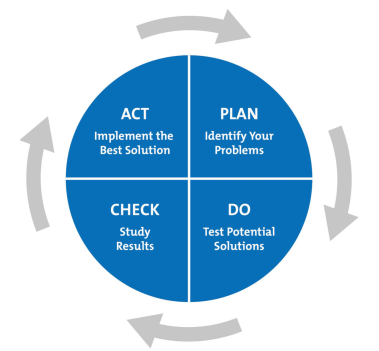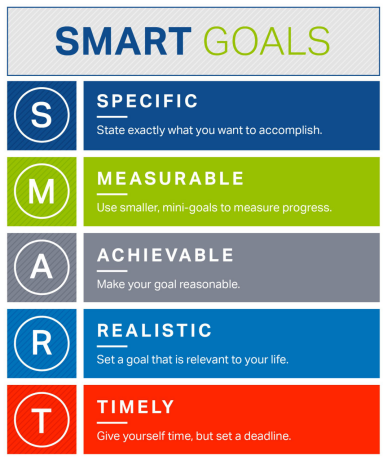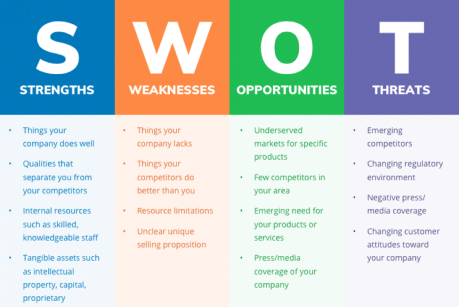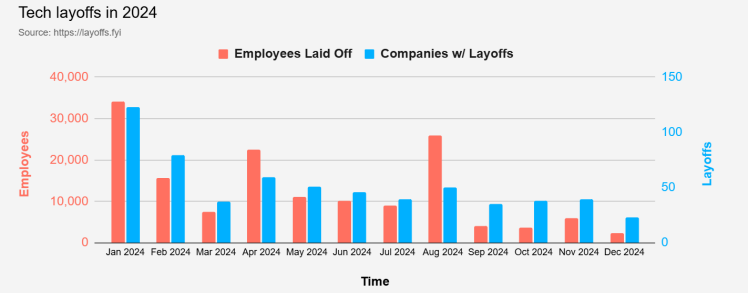McKinsey+Bain+BCG open recruitment at the same time!
But before delivery, remember to prepare the first step of the case: prepare the consulting framework!
The framework is not omnipotent, but it is absolutely impossible without it. Whether it is the interview of the consulting industry, the four major groups or the financial group, the framework is the soul of the whole case.
If you choose the wrong framework, your interview English will be the end of OUT.
Today, the elder sister sorted out 7 special thinking frameworks for McKinsey (PS: be sure to finish reading, don't collect ashes directly~)
1. PDCA cycle
Every work is a PDCA cycle, and only in the cumulative improvement of the cycle can a qualitative leap be made.

LPlan Develop goals and plans
LDo task deployment, organization and implementation
LCheck checks the key points and final results of the process
LAction Correct the deviation, standardize the results, and formulate the next round plan
2.6W2H method
This is a standardized decision-making and evaluation model, which is a common decision-making method and creative technique for consulting companies.
What to do and what to achieve
Why
L Who specific personnel and persons in charge of this work
When to work
LWhere the work takes place
Which method or approach
How
How much cost
The key to the method is that all work must stand at the same height and clear objectives, so as to improve work efficiency and execution.
The 6W2H method can also be used in the interview
L1. Make the train of thought organized and eliminate blindness
L2. Reflect the logic of personal thinking expression
3. SMART principle
This is a common goal and efficiency model for management of consulting companies and Internet factories.

In a word, the SMART principle can be understood as: What should we do? What is the result? What are the conditions? How is the time allocated?
SAMART needs to be done well before the project starts
L1. Avoid unnecessary mistakes and reduce additional losses for the project
L2. Define the feasibility plan of the project to facilitate activities
4. SWOT analysis method
It is a process in which the internal and external factors of the research object are arranged in a matrix, and then the system is analyzed, and finally the decision-making conclusions are drawn.

L Advantage (S): internal factors, including strong competition, sufficient finance, good corporate image, etc
L Disadvantages (W): internal factors, including shortage of funds, confusion in management, lack of key technologies, etc
L Opportunity (O): external factors, including new products, new markets, competitors' mistakes, etc
L Threat (T): external factors, including market tightening, policy changes, economic recession, etc
This analysis method is an internal analysis method belonging to consulting, securities companies and Internet enterprises. Making full use of SWOT can
1. Grasp the overall situation clearly
2. Analyze the advantages/disadvantages of internal and external resources
3. Seize the opportunities provided by the environment
4. Avoiding possible risk threats
5. WBS decomposition
Objective Task Work Activity
By decomposing the project, we can fully communicate from surface to point, from top to bottom and from bottom to top, so that the activities can be carried out efficiently and orderly. Reasonable use of WBS decomposition during project development can
L1. Work in an orderly manner and arrange the task schedule as a whole
L2. Reflect work priorities and be more logical
How to perform WBS decomposition?
WBS decomposition principle
L Gradually refine and decompose the task until it can no longer be divided
L The lowest level task activities are directly assigned to individuals
WBS Decomposition Criteria
L After decomposition, the activity structure is clear and the definition is clear
L Integrate all key factors
6. Classification thinking
Through the classification of events, the original vague concepts or problems will be turned into specific consideration dimensions, and each dimension will be considered.
L Understand consumers - market segments
L Overall perspective - structural perspective
Due to different factors such as age, income and gender, everyone has different physiological and psychological needs. Consumers with different needs form different market segments, so products have different positioning.
The same goes for consulting
L1. Accurately meet the needs of different users
L2. Sort out the complex and chaotic things and break them down one by one
7. Twenty eight principle
Barrett's Law: 80% of the total result is formed by 20% of the total time consumed.
The application of the two eight principle in interview and work can
L1. Grasp 20% of the key highlights to impress the interviewer
L2. Focus on major contradictions and use resources on the most important and urgent matters
Illustrations of the two eight principle
80% of sales are from 20% of customers
80% of phone calls are from 20% of friends
80% of total output comes from 20% of products
80% of the wealth is concentrated in 20% of the people











